|
The fundamental promise of advanced medical imaging techniques like CBCT and WBCT is improving patient care. With better patient care being achieved through automation of image analysis, increased clinical knowledge and the development of diagnostic metrics. Within extremity orthopedics 3D X-ray techniques are aiding diagnosis and treatment of common foot and ankle conditions like bunions and flat foot. The development and adoption of tools that can automate analysis of 3D medical images is a priority for this community. As automating analysis means removing barriers to both large-scale research projects (that can define normal ranges of bone alignment and objective metrics for defining pathologies and injuries) and use of 3D analytics within clinical practice. Increased collaboration between clinical orthopedic researchers and software developers is vital to achieving the goal of improved patient care.
Dr. Alberto Leardini is author of >190 scientific papers on extremity biomechanics and image analysis, mainly of the foot and ankle. He heads the Movement Analysis Lab group at IOR and is a prominent member of the WBCT society. The first results of the collaboration between Dr Leardini’s group and Disior™, which started at AOFAS 2019, are being presented at i-FAB Congress this April. A similar presentation was also given at the January WBCT virtual meeting, which was covered on our blog and is available to watch on FootInnovate.
Disior™ Bonelogic™ was built specifically to overcome some of issues of automation discussed here. Bonelogic™ takes DICOMs from CT, CBCT or WBCT and generates accurate models and analytics that describe the relationships between bones, in minutes. For example, across the 2600-foot datasets analyzed with Bonelogic™ in 2020 the average time taken for the models and analytics to be generated was 3.1 minutes.
If you're interested in learning how Disior's products can aid in your research activities or clinical practice, talk to one of our experts. In a 45 minute meeting we can talk through your current image analysis workflow and discuss what we can do to improve patient outcomes together. Comments are closed.
|
Transforming Treatments
|
Follow our journey at:
Copyright © 2023 Disior™ Ltd. All Rights Reserved Privacy Notice License Agreement Disior™ a Paragon 28® Company |

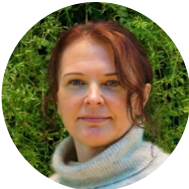
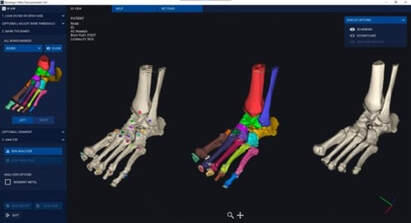
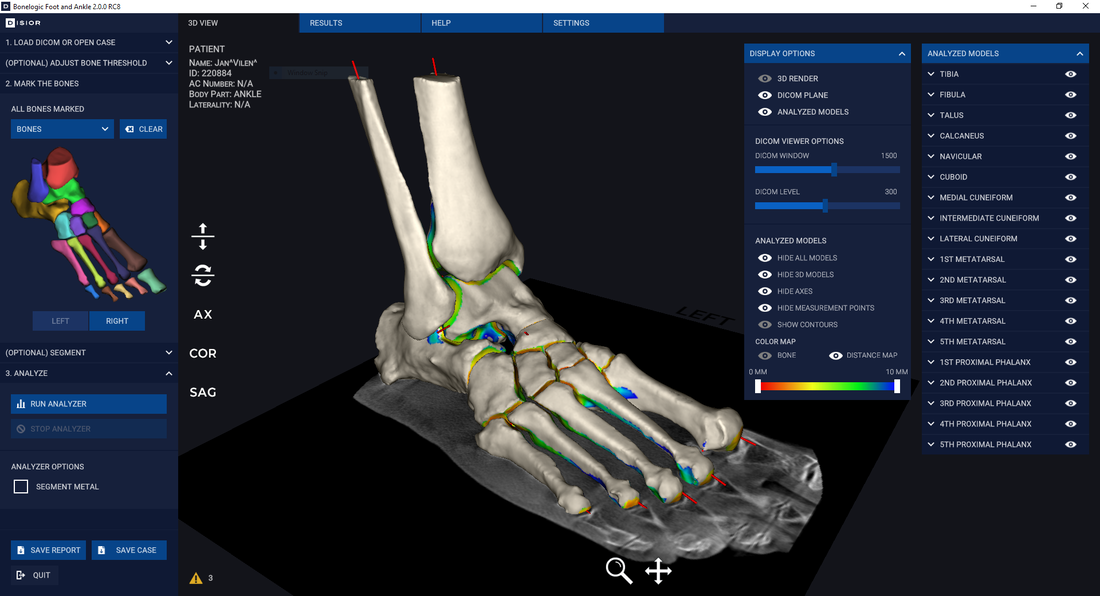
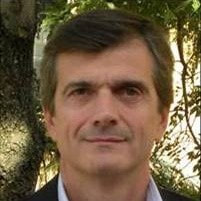
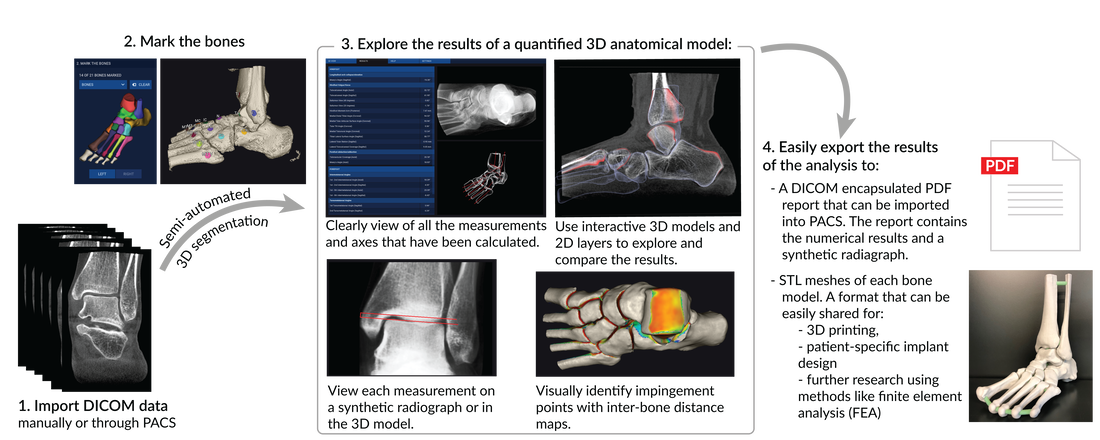
 RSS Feed
RSS Feed

